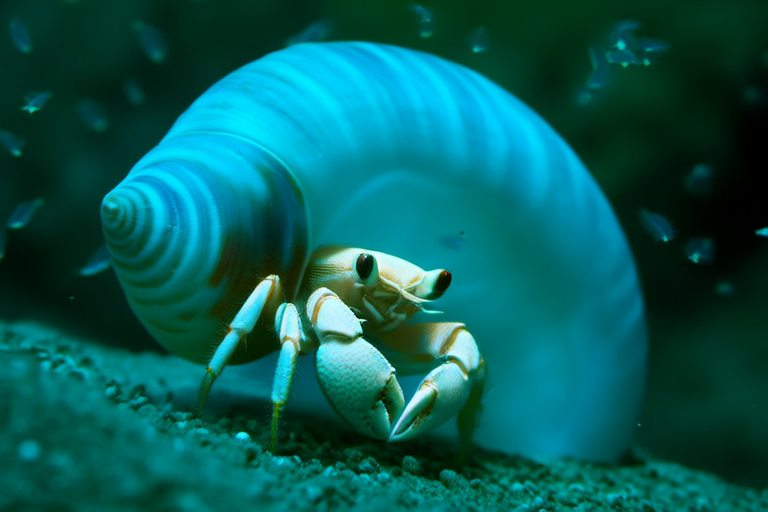The Intricate World of Pea Crabs: Symbiotic Relationships in Marine Environments
Pea crabs, members of the family Pinnotheridae, are fascinating creatures that have evolved to live in harmony with various marine hosts. These tiny crustaceans, named for their resemblance to the edible pea, form intricate symbiotic relationships with organisms such as sea cucumbers, barnacles, and bivalves. This article delves into the complex world of pea crabs, exploring their unique adaptations, behaviors, and the mutual benefits they derive from their hosts.
Species and Habitat
Pea crabs are found in diverse marine habitats across the globe, from shallow coastal waters to deeper oceanic regions. They are typically small, ranging from 3 to 20 millimeters in length, depending on the species. Their diminutive size is crucial for their survival, as it allows them to fit snugly within the protective cavities of their hosts.
There are approximately 70 species of pea crabs worldwide, each adapted to specific hosts and environmental conditions. For example, Pinnixa faba is commonly found in association with sea cucumbers, while Pinnotheres pectunculi prefers to reside within the mantle cavity of bivalves. The habitat preferences of pea crabs are closely tied to those of their hosts, ensuring that both partners benefit from the relationship.
Diet and Feeding Habits
Pea crabs are opportunistic feeders, utilizing their host’s environment to obtain food. While some species scavenge for detritus or consume microorganisms, others may prey on smaller invertebrates or parasitize their hosts. However, most pea crabs benefit from their hosts’ feeding activities, consuming particles filtered from the water by their bivalve or barnacle hosts or digesting the host’s waste products.
In some cases, pea crabs may even assist their hosts in feeding. For instance, certain species can help filter water more efficiently, potentially increasing the host’s nutrient intake. This mutualism extends beyond just nutrition; it also enhances the overall health and survival of both partners.
Symbiotic Relationships
Sea Cucumbers
Pea crabs often establish symbiotic relationships with sea cucumbers, particularly within the body wall or respiratory tree. These crabs are well-adapted to this lifestyle, with flattened bodies and long legs that allow them to navigate the internal structures of their hosts. In return for protection and shelter, pea crabs may provide cleaning services, removing parasites or dead tissue from the sea cucumber.
Research has shown that the presence of pea crabs can significantly reduce the incidence of parasitic infections in sea cucumbers. This mutualistic relationship exemplifies the intricate balance between predator and prey, as well as the importance of symbiosis in maintaining ecosystem health.
